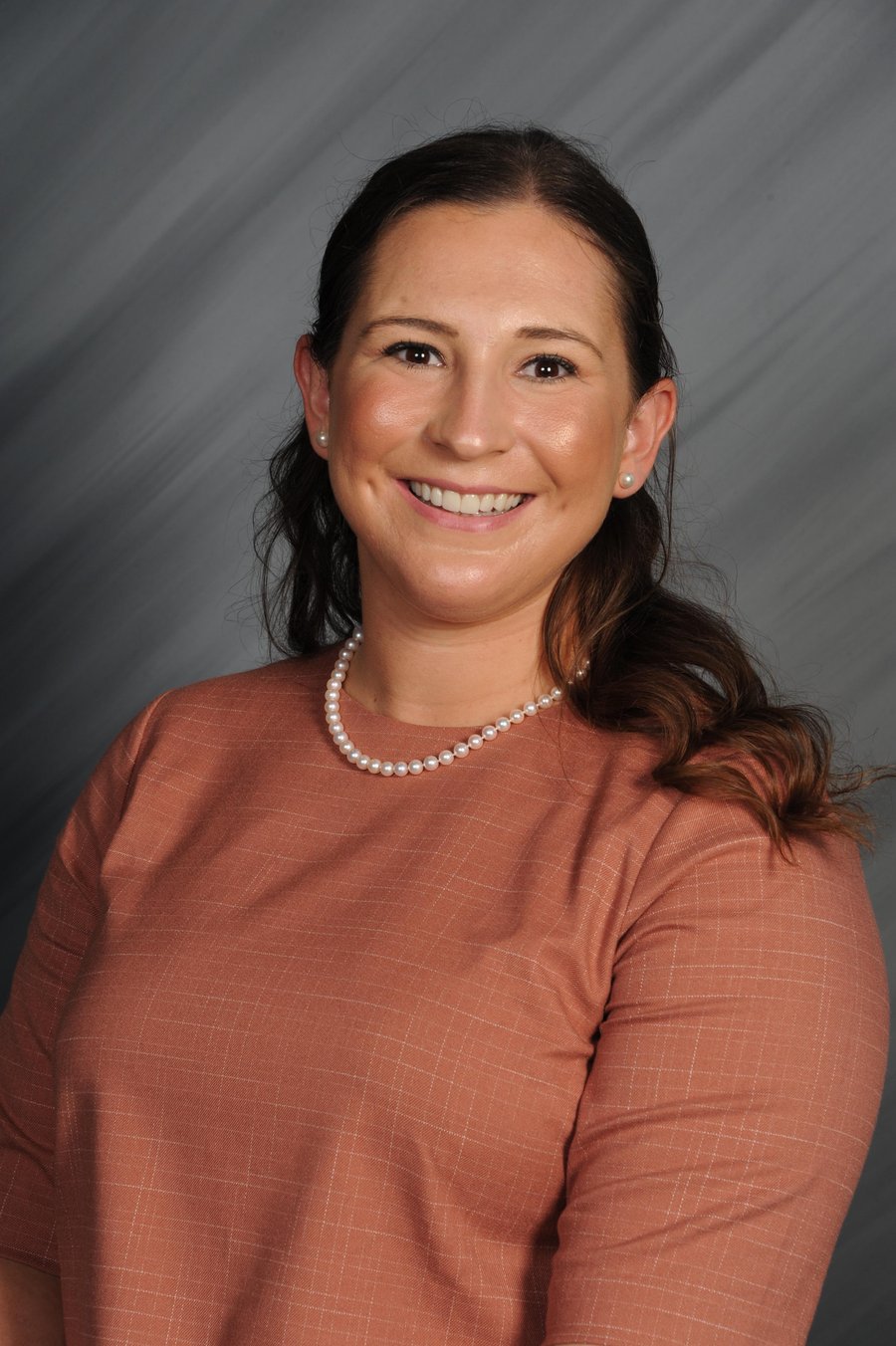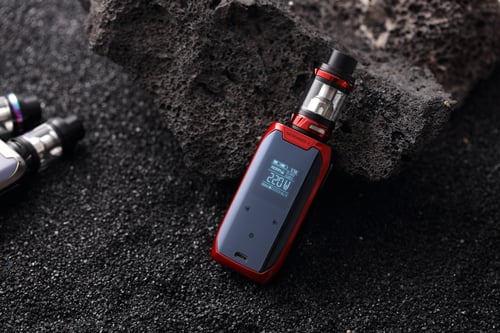
Exercise and being active is a key component in maintaining a healthy lifestyle. It is one of the pillars in achieving a well-balanced and quality life as we age. It is just as important as a healthy diet full of fruits and vegetables. Checking in on our mental health, staying involved in the community, and maintaining a network of friends and/or family for social support are also important. These things in combination not only keep us happy and healthy but allow us to achieve our full potential. People who exercise on a consistent basis not only receive all the health benefits that follow but also enjoy the daily dose of endorphins that comes with exercise. Whether it be a long brisk walk, running, biking, cross-fit, or playing a sport at an elite level, all of these examples can be labeled as an “athlete.” And, unfortunately, with that “title” comes the potential for injury. Usually the question is not if but when injury will occur. According to the Centers for Disease Control and Prevention the amount of injuries due to sports or physical activity has increased since we entered into the COVID pandemic. They report about 8.6 billion sports and recreation injuries per year. These injuries can range from Achilles tendonitis, lower back pain, meniscus tears, ligament tears of the knee, rotator cuff injury, joint sprain/ dislocation, sciatica, and the list continues. This brings us to the first tip to shorten recovery time. If the injury does not initially require you call 911 for immediate care, you can initially try conservative treatment at home.
1.) START THE “RICE” METHOD, ASAP
This method is highly effective for soft tissue injuries such as a strained muscle or ligament. If the injury is something more serious it will still help to reduce localized swelling, pain, and prevent complications.
-REST: Refrain from continuing further activity that could place more stress on the injury.
-ICE: Ice the injured area for 20-30 minutes 4-8 times a day, as much as you can tolerate. More ice means less swelling/inflammation.
-COMPRESSION: Apply pressure to the injured area within 48 hours of injury to prevent excessive swelling.
-ELEVATION: This also helps to reduce swelling by decreasing the amount of work your veins have to do in order to get the excess fluid/blood volume back to the heart. By having the affected area above the level of your heart, you allow gravity to help push the excess fluid.
2.) SEEK HELP FROM A MEDICAL PROFESSIONAL
If you experience sustained pain following exercise/physical activity or the pain acutely worsens, then seek help from a medical professional/PCP as soon as possible. Seeking help early in the course helps to properly diagnose, come up with a treatment plan, and assure nothing is delayed. This helps to avoid mis-diagnosis and the frustration that comes along with it. If surgical evaluation is required at this point you would be referred to an Orthopedic Surgeon. If surgery is not needed then you can be referred to a Physical Therapist. They will work one-on-one to assess the extent of injury, why the injury occurred, and come up with a specific treatment plan to allow proper recovery. They seek to empower their patients in the process so that the patient plays an active role in the healing and strengthening to ultimately improve function. Once the rehabilitation is complete the team can work on easing back into physical activity/ exercise in a safe and secure manner. They can even offer advice to improve stamina/ endurance by adjusting techniques or providing new exercises.
3.) UNDERSTAND WHY THE INJURY HAPPENED; THEN EASE BACK INTO THE GAME
Once your body has properly recovered from the injury under the supervision of physicians and physical therapist; now it’s time to start thinking about how and when you are going to ease back into your previous level of fitness. You may have to scale back and focus on applying specific techniques learned during the time in rehab. It is better to take things slowly and prevent further strain upon the injury. Listen to your body and seek the advice of your PCP if needed for continued follow up care. Getting back to where you once were prior to injury will take patience, dedication, and plenty of support. Don’t be afraid to ask for help, remain patient with yourself, and set small, achievable goals. Focus on things you can control and you will bounce back from your injury in no time!
 Dr. Dockery is a resident physician who sees patients of all ages and provides obstetrical services at Lone Star Family Health Center, a non-profit 501C3 Federally Qualified Health Center operating facilities in Conroe, Spring, Willis, Grangerland, and Huntsville, and serving as home to a fully integrated Family Medicine Residency Program to increase the number of Family Medicine physicians for Texas and our community.
Dr. Dockery is a resident physician who sees patients of all ages and provides obstetrical services at Lone Star Family Health Center, a non-profit 501C3 Federally Qualified Health Center operating facilities in Conroe, Spring, Willis, Grangerland, and Huntsville, and serving as home to a fully integrated Family Medicine Residency Program to increase the number of Family Medicine physicians for Texas and our community.

-1.jpg?width=500&name=Abraham%202%20(1)-1.jpg)

.jpg?width=500&name=Australia%20Clark%20M.D_%20(002).jpg)